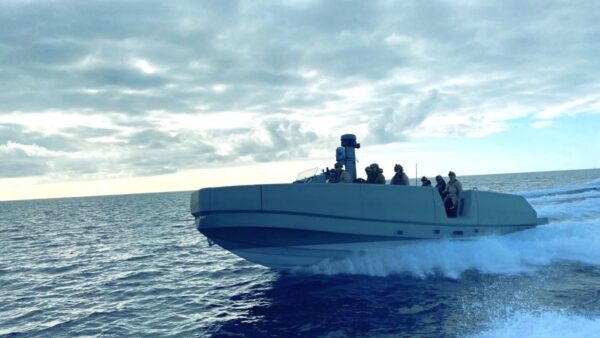20 years ago, few people in China had private cars. 10 years ago, Chinese new money spent big on BMW or Mercedes-Benz while Chinese middle class started buying their first cars. Today, super-riches in China drive Lamborghini, Aston Martin, Pagani or Ferrari while more and more Chinese families are buying their 2nd or 3 cars.
Well, we all know Chinese are getting rich and picky, and they are not just spending big on cars. Louis Vuitton bags, the symbol of prestigious status in China 5 years ago, have now become popular accessories of young professionals while people with some more money are carrying Birkins around.
Will brands-moving-to-lower-income-segments-while-consumers-escalating-to-more-presitious-brands phenomenon happen with pleasure boat industry in China as well? Yes and no, depending on the market segments and individual customers.
China’s pleasure boat industry is still at an infantry stage. Although China has more billionaires than most OECD countries, pleasure boats sales in China have not generated the market revenue to match China’s fast growing individual wealth. There are market barriers such as insufficient marina infrastructure, lack of expertise and qualified industry workers, and regulatory restrictions. The number of pleasure boats sold annually in China is still counted in hundreds. However, it is interesting to note the most pleasure boat sales in China come from some prestigious and expensive brands such as Azimut, Sunseeker and Princess. The buyers of these prestigious brands are become-rich-overnight property developers, cashed-up mine owners, entrepreneurs in fund management and high-tech and their families. They are less price-sensitive and buy the most prestigious brands available. This buyer group will hardly find more prestigious brands when they want to move up on the brand ladder, which provides a perfect opportunity for these boat manufacturers to have a 2nd and 3rd sale to the same group with advanced product features and innovative solutions to suit this market segment’s needs.
The affluent boat buyers are also social influencers and fashion influencers in China, thanks to the open online media which exposes the super rich’s lives to general public. When China has better marina infrastructures, quality boat services, and more open policies for national licensing and cruising-which we expect to happen in the next 5 years, aspiring middle class will start following the upper class and middle-upper class’ footstep and buy their first boats as a floating holiday house, most likely at the price range of a medium-range car. They may upgrade their boats 5 to 10 years after their first boat purchase, but are more likely to be sophisticated enough to focus on their needs for function and quality. The mass market driven by middle class will start creating a booming boat market in China 5 years to 8 years later.
Fully aware of the market potential in China, global boat manufactures swarmed into China in the past couple of years without much achievement, partially due to the current market constraints in China mentioned above, and partially due to the optimistic perception that China is huge with diversified needs and lots of cash and Chinese consumers are not sophisticated. They came to China for channels to sell boats into this fast growing luxurious goods market but many forgot one of the 4 basic elements (Product, Price, Place and Promotion) of marketing was product.
Chinese customers may not be sophisticated in pleasure boats and cruising but they do have their own needs which are different from boat manufacturers’ previous and most existing markets. A sun deck with an open spa and kitchen on a boat may not be an as attractive feature to a typical Chinese customer as a Karaoke room with indoor smoking facilities, a jewellery locker and a huge message spa in the master bedroom. Also in 1st tier cities and some affluent 2nd and 3rd tier cities in China, the good lucky days are gone when customers were happy to pay just for foreign brands. To sell to China, manufacturers have to do the long-due homework and come back to the fundamentals of providing products/services based on target customers’ needs; this does not mean to exclude the possibilities of guiding customers’ needs through market education though.
More haste, less speed. China’s economy is slowing down, and the expected national leadership change at the 18th National People’s Congress of P.R China later this year is delaying business decisions. This allows some time for global boat manufacturers to reflect on their China strategy and develop a feasible China expansion plan so that they can build a stronger foothold in China and better seize the opportunities in the coming boom of China boat industry.
This article is by Sara Cheng, Manager-Greater China Region, Australian Business Solutions Group. Sara is a reputable and widely-recognized China business consultant, speaker and writer on China business. She assisted over 200 businesses to do business with China successfully through in-depth consulting services.


